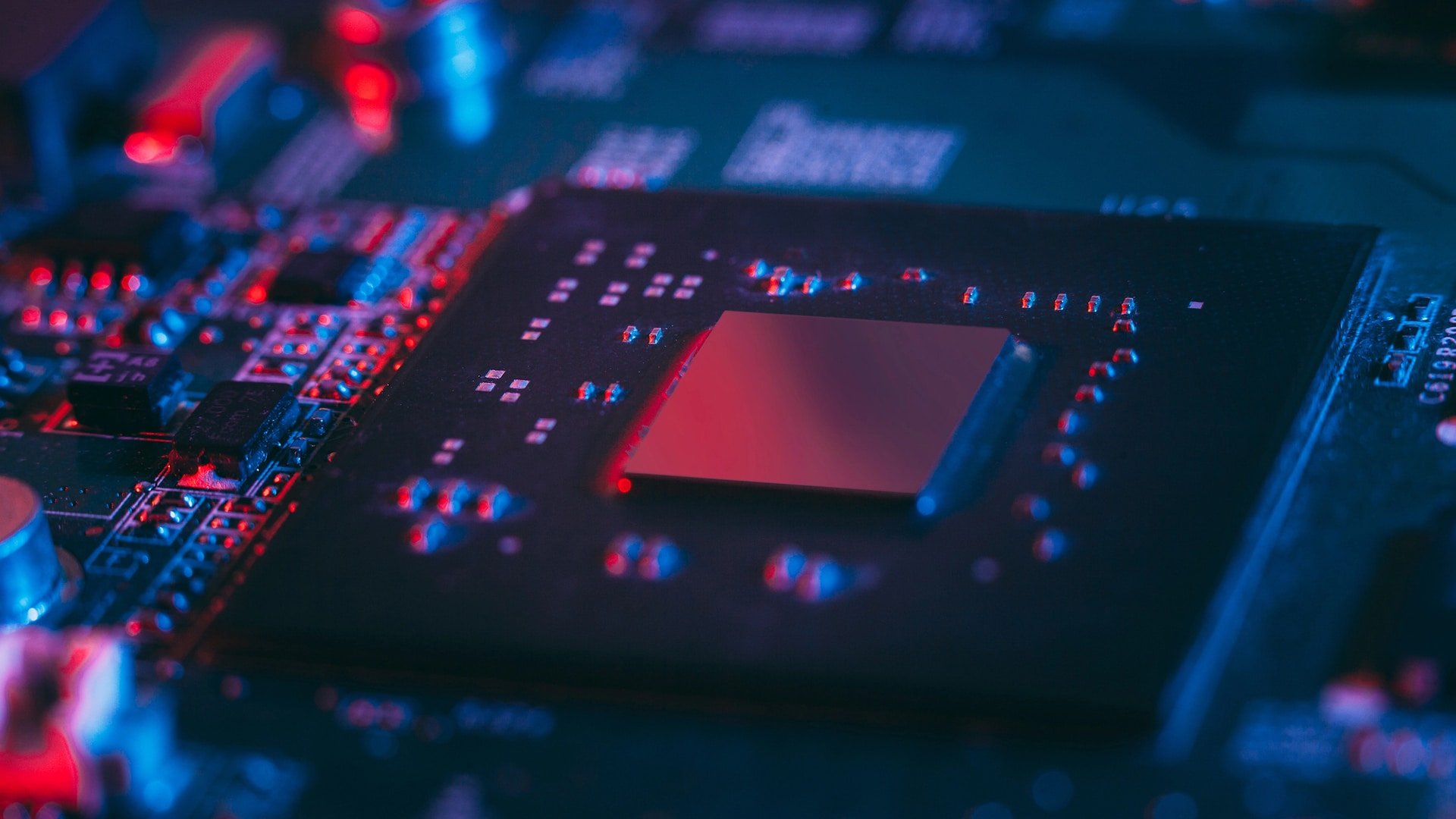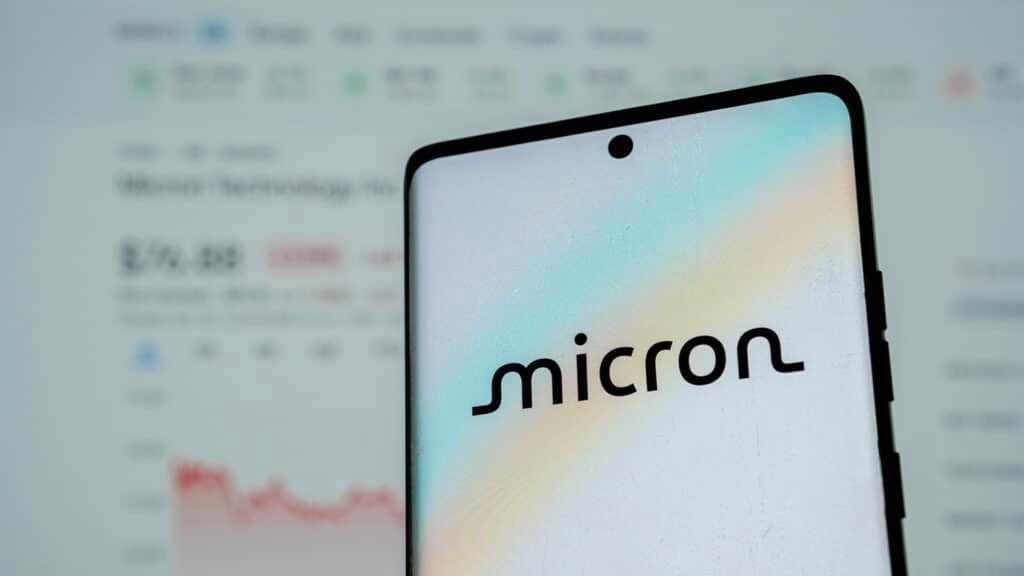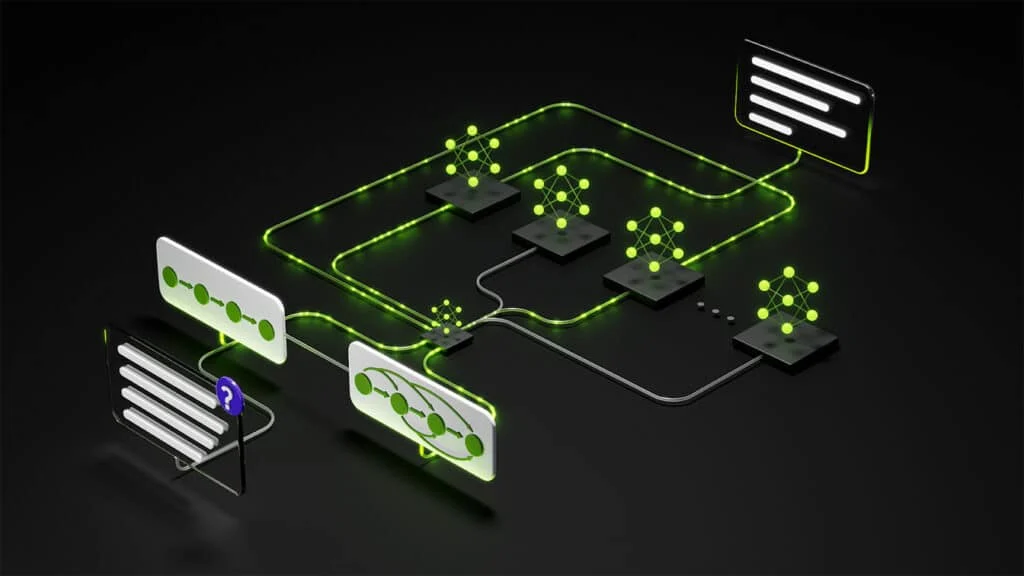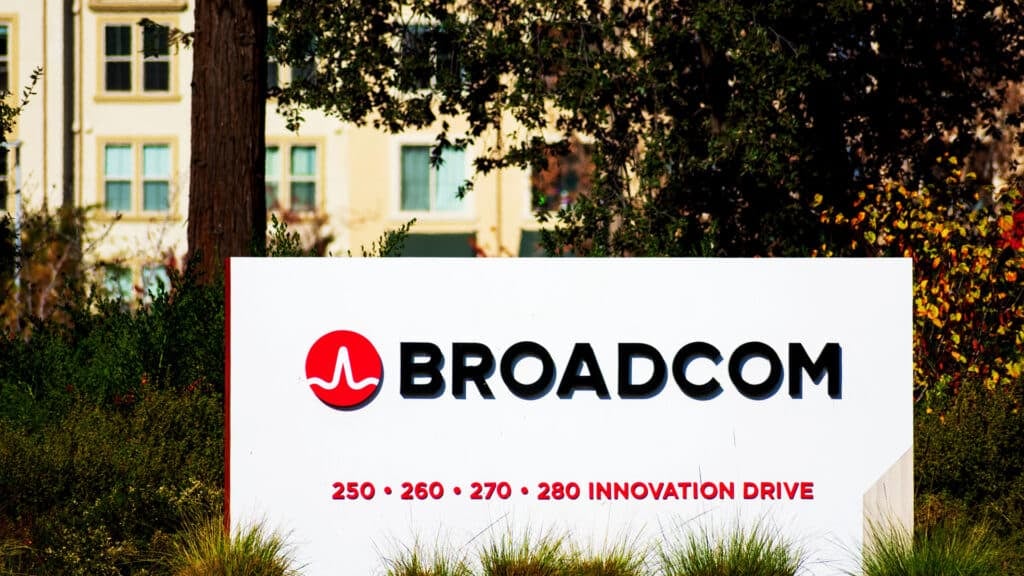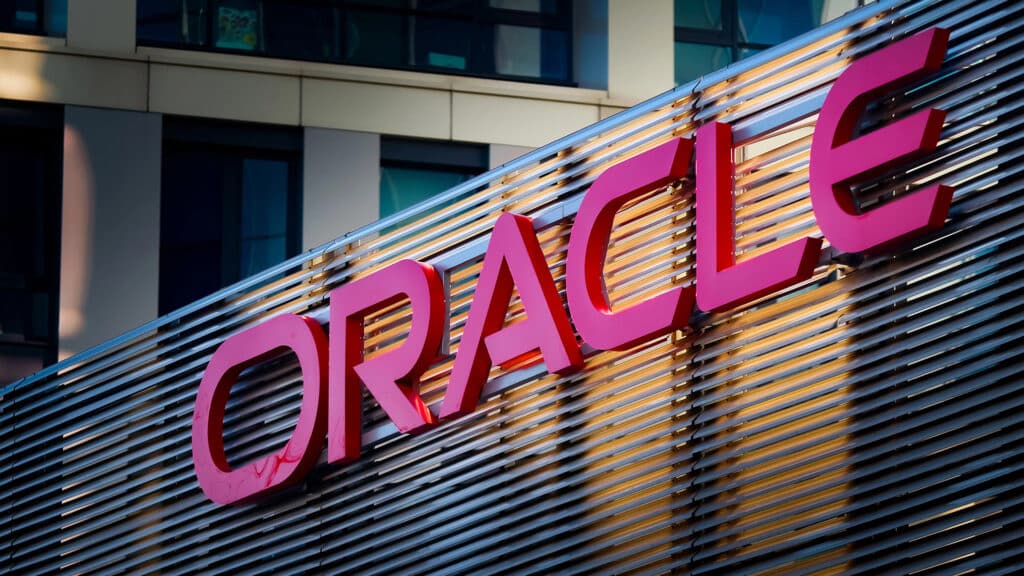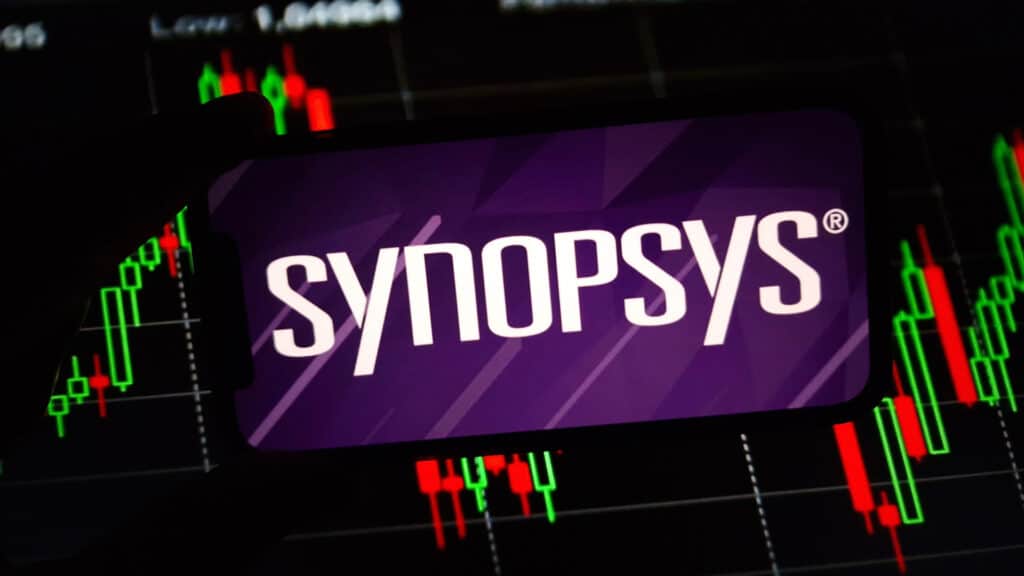Analyst(s): Olivier Blanchard
Publication Date: June 16, 2025
El Capitan remains the world’s fastest supercomputer with 1.742 exaflops, while Frontier stays at No. 2 with 1.353 exaflops. AMD now powers 172 systems on the Top500 list, including 12 of the top 20 most energy-efficient supercomputers, reinforcing its dominance in high-performance computing and AI.
What is Covered in this Article:
- El Capitan retains No. 1 position on the Top500 list with 1.742 exaflops.
- Frontier holds the No. 2 spot, posting 1.353 exaflops.
- AMD now powers 172 systems on the Top500 list.
- AMD systems dominate both HPCG and HPL-MxP benchmarks.
- AMD maintains strong energy-efficiency rankings on the Green500 list.
The News: At ISC High Performance 2025, AMD showed again that it leads in supercomputing, with El Capitan and Frontier keeping their No. 1 and No. 2 spots on the Top500 list. El Capitan, located at Lawrence Livermore National Laboratory, hit 1.742 exaflops on the High Performance Linpack (HPL) test, while Frontier, at Oak Ridge National Laboratory, reached 1.353 exaflops.
Thanks to these rankings, AMD now powers 172 systems on the Top500, making up more than a third of the world’s most powerful supercomputers. In addition, AMD also powers 12 of the 20 most energy-efficient systems on the Green500 list, proving its strength in delivering high performance and energy efficiency for both AI and HPC tasks.
AMD Strengthens Supercomputing Lead With El Capitan and Frontier Holding Top Spots
Analyst Take: The new Top500 results further cement AMD’s lead in several areas of high-performance computing. With El Capitan and Frontier holding onto the top two spots, AMD’s chips and systems continue to set performance, scalability, and efficiency records, showing just how crucial AMD has become in both AI and scientific computing fields.
Sustained Leadership in Exascale Computing
El Capitan, built by HPE and hosted at Lawrence Livermore National Laboratory, stays on top with 1.742 exaflops on HPL. Its 11,039,616 cores use AMD’s 4th Gen EPYC processors and MI300A APUs, combining CPU and GPU power to handle simulations, data analysis, and AI tasks all in one setup. Frontier, running at Oak Ridge National Laboratory, comes in second with 1.353 exaflops, using AMD’s 3rd Gen EPYC 64C CPUs and MI250X GPUs across 8,699,904 cores. This continued dominance shows AMD’s steady push into hybrid designs made for exascale computing.
Leadership Across Multiple Benchmarks
El Capitan also topped the High-Performance Conjugate Gradient (HPCG) benchmark with 17.4 petaflops, thanks to the high memory bandwidth from its MI300A APUs. El Capitan hit 16.7 exaflops on HPL-MxP for mixed-precision workloads, while Frontier and LUMI followed in third and fourth place. These results show that AMD is leading in peak performance and real-world AI and science tasks that need fast data movement and high memory efficiency.
Expanding Global Footprint
Beyond the top two, AMD’s reach grew to 172 systems on this Top500 list, setting a new record. New installations include Hunter at HLRS Stuttgart and Viper at the University of Hull, using AMD Instinct MI300A APUs, and Pitagora at CINECA in Italy, powered by 5th Gen EPYC CPUs. This wider adoption highlights growing worldwide trust in AMD’s computing solutions across research and business sectors.
Energy Efficiency Reinforces AMD’s Position
On the Green500 list, AMD powers 12 of the 20 most energy-efficient supercomputers, with El Capitan and Frontier landing at 26th and 32nd, respectively. Even with their huge computing power, these systems still deliver impressive performance-per-watt, which is more important than ever as HPC and AI workloads demand more power. This energy edge further validates AMD’s leadership, especially as power costs and sustainability become bigger concerns for HPC providers.
What to Watch:
- New exascale entrants like Europe’s Jupiter Booster, powered by Nvidia GH200 Superchips, require AMD to defend its performance and market visibility leadership.
- Continued AMD deployments will strengthen its lead, but maintaining energy efficiency at scale remains critical as competition intensifies.
- Growing European and Asian investments in HPC infrastructure require AMD to secure partnerships and design wins to preserve global momentum.
- Successful onboarding of additional AMD-powered systems on future Top500 lists will be key to sustaining market visibility and validating architectural leadership.
See the complete blog post on AMD Powered El Capitan and Frontier Maintain Global Supercomputing Leadership on the AMD website.
Disclosure: Futurum is a research and advisory firm that engages or has engaged in research, analysis, and advisory services with many technology companies, including those mentioned in this article. The author does not hold any equity positions with any company mentioned in this article.
Analysis and opinions expressed herein are specific to the analyst individually and data and other information that might have been provided for validation, not those of Futurum as a whole.
Other insights from Futurum:
AMD Q1 FY 2025 Financial Results Highlight AI-Led Growth Across Core Segments
Radeon RX 9000 Series Launch: AMD Focuses on AI and Raytracing
Can AMD’s EPYC 4005 Series Disrupt the Entry-Level Enterprise Server Market?
Author Information
Olivier Blanchard is Research Director, Intelligent Devices. He covers edge semiconductors and intelligent AI-capable devices for Futurum. In addition to having co-authored several books about digital transformation and AI with Futurum Group CEO Daniel Newman, Blanchard brings considerable experience demystifying new and emerging technologies, advising clients on how best to future-proof their organizations, and helping maximize the positive impacts of technology disruption while mitigating their potentially negative effects. Follow his extended analysis on X and LinkedIn.
